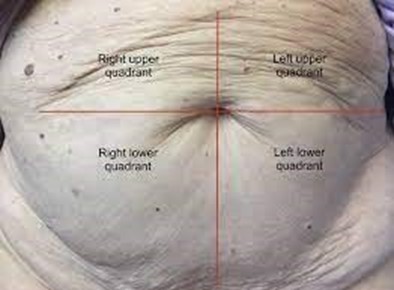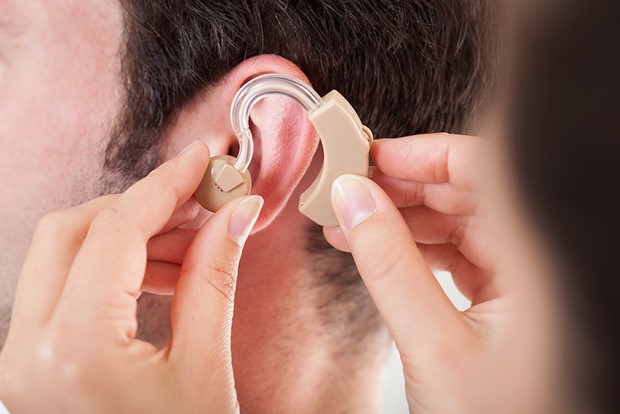A nurse is performing postural drainage with percussion and vibration for a client who has cystic fibrosis.
Which of the following actions should the nurse take?
Cover the area of percussion with a towel.
Schedule postural drainage after meals.
Instruct the client to exhale quickly during vibration.
Perform percussion over the lower back.
The Correct Answer is A
This is because chest percussion uses clapping of the chest using a cupped hand to vibrate the airways of the lungs and move and break apart the mucus inside the lungs.
Covering the area of percussion with a towel can help to reduce discomfort during the procedure.
Choice B is wrong because postural drainage should not be scheduled after meals.
It is best to schedule postural drainage before meals or at least 1-2 hours after meals to prevent discomfort or vomiting.
Choice C is wrong because, during vibration, the client should inhale deeply and exhale slowly.
Choice D is wrong because percussion should not be performed over the lower back.
It should be performed over the chest and back, avoiding areas such as the spine and breastbone.
Nursing Test Bank
Naxlex Comprehensive Predictor Exams
Related Questions
Correct Answer is A
Explanation
After postoperative surgery, chances of infections are very high also discharges, color changes, etc.
So it is important to expose the client’s abdomen to look for changes in appearance.

Choice B is not the answer because determining areas of resonance across the abdomen using a systematic approach is not the first action that should be taken 1.
Choice C is not the answer because using the diaphragm of a stethoscope to listen for bowel sounds is not the first action that should be taken 1.
Choice D is not the answer because performing abdominal palpation by pressing gently with the finger pads is not the first action that should be taken 1.
Correct Answer is D
Explanation
This statement indicates that the client understands the importance of gradually adjusting to wearing a hearing aid.
It can take time for the brain to adapt to new sounds and volume levels, so it’s important to increase usage gradually.

Choice A is wrong because turning the hearing aid up as high as it will go can cause discomfort and may not improve hearing.
Choice B is wrong because hearing aids typically last several years with proper care and maintenance.
Choice C is wrong because it’s important to remove the battery from the hearing aid when not in use to preserve battery life.
Whether you are a student looking to ace your exams or a practicing nurse seeking to enhance your expertise , our nursing education contents will empower you with the confidence and competence to make a difference in the lives of patients and become a respected leader in the healthcare field.
Visit Naxlex, invest in your future and unlock endless possibilities with our unparalleled nursing education contents today
Report Wrong Answer on the Current Question
Do you disagree with the answer? If yes, what is your expected answer? Explain.
Kindly be descriptive with the issue you are facing.
